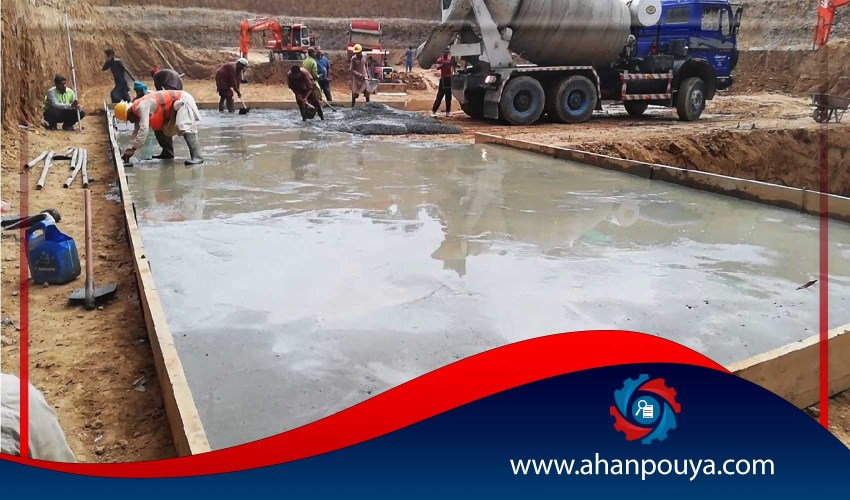
Concrete is a sticky substance that is often formed from the interaction of water and cement. Concrete is generally composed of water, cement and aggregates. Concrete has different types, one of which is concrete, which we will discuss in full in the following.
lean Concrete is a type of concrete that is used in the lower part of structures. This type of concrete is low-grade concrete that is used to prepare the excavated substrate for reinforcement and paving. Concrete, like other concretes, is composed of cement, water and aggregates, with the only difference that the ratio of its constituents is different compared to other concretes. This concrete has more water than ordinary concrete and as a result is much smoother and thinner.
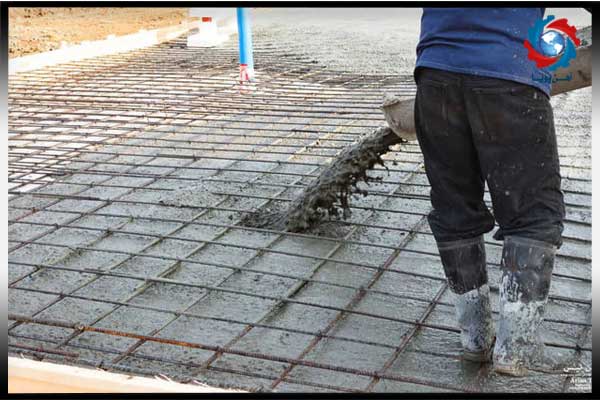
Concrete can be used in different cases. The most important of these uses are:
1. Behind the buildings
2. Road construction
3. Leveling uneven ground
4. Can be used in the implementation of various foundations
5. Concrete can be used as a factor to prevent direct contact of foundations with soil
6. Reinforcement and pagination
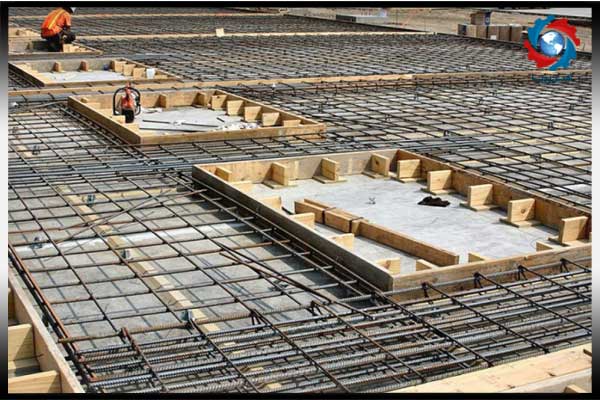
1. This type of concrete prevents any penetration of cement into the soil
2. Prevents the absorption of concrete water by the soil
3. The reason for preparing the soil bed for the foundation
4. Makes the foundation smooth, homogeneous and level
5. Fills empty spaces as much as possible
1. Since the concrete was executed except under the foundation, so it is necessary to perform excavation or excavation operations in the first stage.
2. Due to the fact that in the excavation operation, the excavation operation will continue until reaching a certain depth or stone, so there is no need to pound the soil at the construction site and we can start concreting with concrete unless excavation.
3. After the excavation operation, if the soil was loose, then we dig the soil to reach the desired resistance.
4. After performing and performing all these steps, concreting is performed. At this stage, the concrete is brought to the concreting site by truck or mixer truck; It is then poured on the desired location and the workers flatten the surface with a trowel bed. The thickness of concrete except at this stage is usually between 5 to 15 cm.
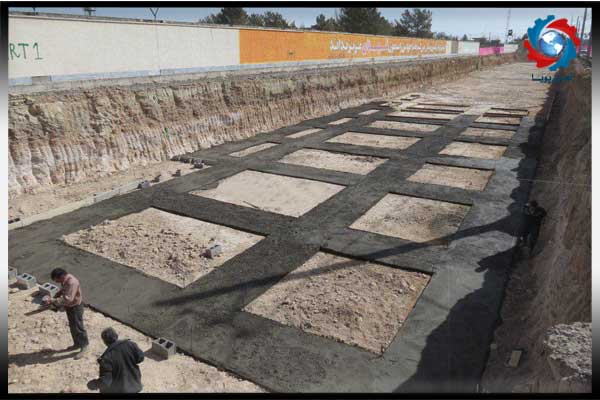
1. Iron shaft
2. Level hose
3. Trowel board
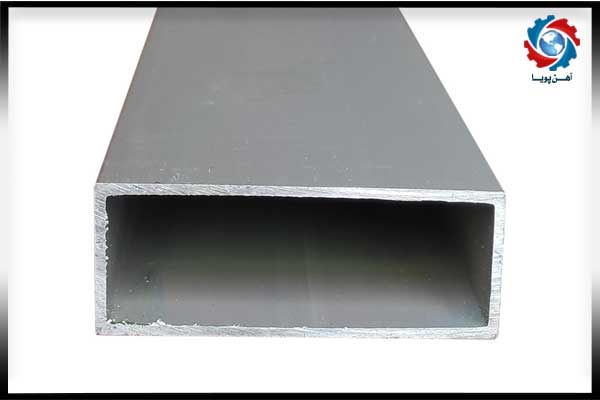
The shear strength of concrete is usually determined by indirect methods and this resistance is expressed as a function of compressive strength.
To determine the compressive strength of concrete, the following steps are performed :
Concrete control in terms of compliance with the characteristic strength according to ASTM C192 C39 standard
Concrete control in terms of mixing uniformity according to ASTM C94
ASTM C31 C39 processing control
Control of concrete strength at different times in workshop processing conditions for molding and operation
Control of resistance of hardened concrete cores of structural parts according to ASTM C42 standard
Sampling of fresh concrete
According to Iran ASTM C172 and 489 standards
Preparation and processing of concrete test samples in the laboratory according to ASTM C192 and 581 Iran standard

Ahan Pouya with more than a decade of best-selling experience, adheres to professional and ethical principles in the field of selling and buying at inside and outside the borders of Iran, helping you in the steel industry.